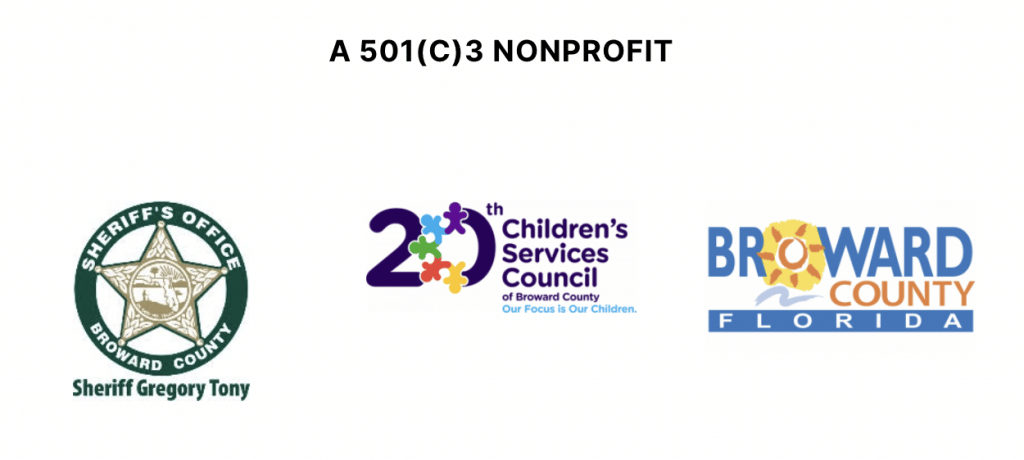
Did you know that you can literally change your state of mind, body, and focus by learning how to breathe properly?
I know, I know…
You’ve been breathing for as long as you can remember, and I shouldn’t be telling you how to live your life. But trust me, this is for your own good.
Last week we talked about mindfulness and how it is important in reducing depression and anxiety. Mindfulness training helps to bring your mind into the present moment. Breathing is an extremely important component of mindfulness, and so this week we are dedicating a whole article to do just that.
The calming effect from deep breathing is not mental, but rather has a physiological explanation.
The science behind how and why we breathe
Our breathing is regulated by a mostly automated process that allows us to bring oxygen into our bodies and release carbon dioxide. We need the oxygen to help our bodies produce a much-needed energy molecule called ATP, and we breathe out the carbon dioxide by-product from that very process.
Unlike other automated systems, we can take control of our breathing. In the past, you’ve likely been told to breathe deeply when you are getting a little worked up. You may have even caught yourself taking deep breathes when you are feeling nervous or angry. The calming effect from deep breathing is not mental, but rather has a physiological explanation.
When you breathe in deeply, you are pulling down on your diaphragm muscle. That action sets off a chain of events that stimulates an extremely important nerve—the Vagus Nerve. This is the nerve that is responsible for your ‘rest and digest’ state and works to calm you when your sympathetic nervous system has become too active.
In other words, learning about deep breathing techniques will help you to invoke the systems of your body that can turn off your fight-or-flight mode. This is what is meant by ‘belly breathing’.
This is how you can begin to achieve a more mindful state.
Let’s learn a few techniques that can help you calm your nerves and become more focused.

Diaphragmatic breathing technique
The diaphragm is the primary muscle used in breathing. It is located just below your ribcage and contracts in a motion that pulls downward. When it does, your chest cavity expands allowing for more air to come in.
So, to get the fullest breathes possible you want to pull down on your diaphragm.
- Sit up straight or lie on your back.
- Place one of your hands just below the ribcage (where your diaphragm is), and the other hand on the upper part of your chest.
- Breathe slowly through your nose and envision your diaphragm being pulled down towards your feet. Let your belly extend, paying attention to the feeling of your hand moving outward with it. The hand on your chest should remain still.
- Hold your breath for a few seconds.
- Slowly exhale through your mouth, again paying attention to the feeling of your hand as it slowly moves back to its original position.
- Wait a few seconds before taking another breath and repeating the process at least 3 times.
Once you are comfortable with practicing diaphragmatic breathing, there are some things you can do to make the technique even more effective.
4-7-8 technique
- Place your hands in the position for deep breathing as mentioned above.
- When inhaling, slowly count to 4.
- Hold your breath for 7 seconds.
- Exhale for 8 seconds, making sure to push out as much air as you can.
- Repeat at least 3 times.
Once you are comfortable doing this, you can incorporate the next step:
Upper chest ‘roll’ breathing
- Position yourself for deep diaphragmatic breathing and go through 10 cycles.
- On cycle number 11, concentrate on filling your upper chest with air after you have extended your belly as far as you have been able. You should pay attention to the hand on your chest rising as you do this. As you inhale, your belly hand should rise, then your chest hand should rise.
- As you exhale through your mouth, your chest hand should lower followed by your belly hand.
- Repeat several times and perform a body scan as discussed in our mindfulness article.
Deep breathing can help you become more focused, reduce stress, lower anxiety, and has even been linked to reductions in processes that produce pathological inflammation. Once you incorporate these techniques as part of a routine, you will be on your way to experiencing the benefits of a more mindful life.
Citations:
Gerritsen, Roderik J S, and Guido P H Band. “Breath of Life: The Respiratory Vagal Stimulation Model of Contemplative Activity.” Frontiers in human neuroscience vol. 12 397. 9 Oct. 2018, doi:10.3389/fnhum.2018.00397
Harvard Health Publishing. “Learning Diaphragmatic Breathing.” Harvard Health, Mar. 2016, www.health.harvard.edu/lung-health-and-disease/learning-diaphragmatic-breathing.
Moore, Keith, and Arthur Dalley. Clinically Oriented Anatomy. 4th ed., Philadelphia : Lippincott Williams & Wilkins, 1999.
“Stress Management: Breathing Exercises for Relaxation | Michigan Medicine.” Michigan Medicine: University of Michigan, 2020, www.uofmhealth.org/health-library/uz2255.


No responses yet